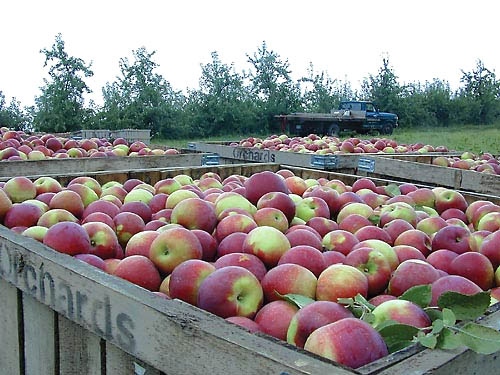
Apple breeding program picks unique taste-testing device
Despite the size and economic importance of the U.S. apple market, an estimated 231 million bushels in 2009, the industry has not established a reliable automated method for measuring fruit crispness, instead relying primarily on taste-testing that is both subjective and labor-intensive.With new research confirming the capabilities of a unique texture-testing instrument — this may change with the Mohr MDT-1 penetrometer.
December 28, 2010

Everybody knows a good apple when they bite into one, and it turns out that an apple's crispness is rated among its most important qualities by consumers.
However, despite the size and economic importance of the U.S. apple market, an estimated 231 million bushels in 2009, the industry has not established a reliable automated method for measuring fruit crispness, instead relying primarily on taste-testing that is both subjective and labor-intensive.
Now, new research confirming the capabilities of a unique texture-testing instrument suggests this is about to change.
Researchers with the Washington State University Apple Breeding Program (WABP, Pullman, Wash.), led by Kate Evans, associate professor, compared the sensory attributes of a variety of apple selections, rated by an expert taste-testing panel, with measurements obtained by the Mohr MDT-1 penetrometer.
According to their report published in the Dec. 2010 issue of HortTechnology, the researchers found a significant correlation (R^2 = 0.56, P < 0.0001) between the MDT-1's Crispness (Cn) measurements and the apples' crispness and overall eating quality. The MDT-1 is a next-generation replacement for the hand-operated Magness-Taylor (MT) penetrometer the industry has relied on for decades to measure fruit firmness, manufactured by Mohr and Associates (Mohr).
The researchers conclude the MDT-1's unique measurements are likely more informative than standard MT penetrometer tests or acoustic resonance techniques with which the industry has more recently experimented. The report goes on to state that the WABP intends to use the MDT-1's Cn measurements to reduce the need for labor-intensive taste-testing as they develop new apple varieties.
You May Also Like



